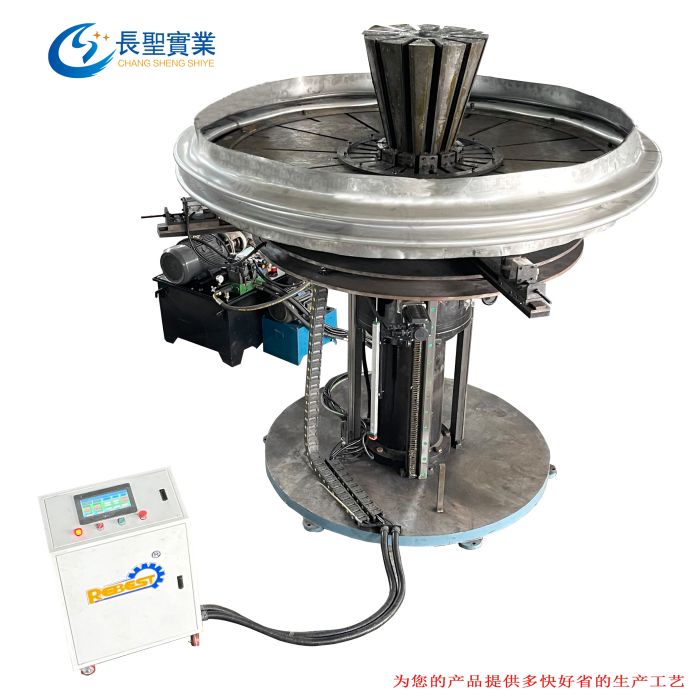
corrugated machines are essential for a seamless manufacturing process in various industries such as packaging, construction and automotive. In order to keep their performance at optimal levels, minimize downtime and extend the life of these machines, they must be properly maintained and troubleshooted. This article provides practical advice on how to care for and repair corrugated machines.
Tips for Regular Maintenance
Regular Cleaning:
Clean the machine daily to remove dust, trash and any other material that may have accumulated. Use the right cleaning agents that will not corrode its components. Pay special attention to the rollers, cutting blades as well as the forming section to avoid clogging while maintaining smooth production.

Lubrication:
Lubricate all movable parts from time to time to avoid wear due to friction. Use the oil recommended by the manufacturer for a specific period of time. If the gear chain or bearings show signs of excessive wear, replace them accordingly.
Inspection and Calibration:
The roller set consisting of rollers, knives, sensors, etc. must be inspected weekly, looking for any signs that may indicate wear or misalignment. To ensure the precision of the cutting/forming process, regular calibration is required, where all sensors must be tested, including control system integration.
Preventive Maintenance:
Follow the preventive maintenance schedule provided by the manufacturer. This usually includes checking electrical connections, testing safety features, and replacing worn parts. Instead, keep a record of maintenance activities that have been completed and even plan future tasks easily with a maintenance log book method.
Common Problems and Solutions:
Material Jams:
Chip or misalignment of materials during feeding
Safely stop the machine and then remove any jammed materials, then make sure they feed correctly again.
Inconsistent Cutting or Forming: Worn or twisted blades/rollers.
Inspect the blades and rollers for misalignment or wear. If the blades are worn, sharpen them or replace them completely with new ones while restoring proper alignment with the rollers.
Overheating of the Machine: Inadequate Lubrication and Overloading.
Make sure all moving parts are properly lubricated. Never overload the machine, but let it cool down if it gets hot.
Power Faults: Faulty Wiring or Connections
Check for damaged wires, loose connections, and other possible electrical faults. Replace damaged wires and tighten any loose plugs.
Sensor Failure:
How dust can accumulate over time, interfering with the sensor's sensing capabilities, or the sensor may be installed incorrectly and therefore not functioning as required. Regular cleaning helps remove dust from the sensor and allows for calibration, especially if a faulty sensor needs to be replaced.
Proper and effective maintenance is necessary to achieve optimal performance and durability of your corrugator. Manufacturers can reduce downtime, increase productivity and extend machine life by adhering to prescribed maintenance schedules, quickly addressing common failures and using professional services. The implementation of these initiatives will not only protect the investment in corrugated paper machines, but also promote effective and efficient ongoing production activities.